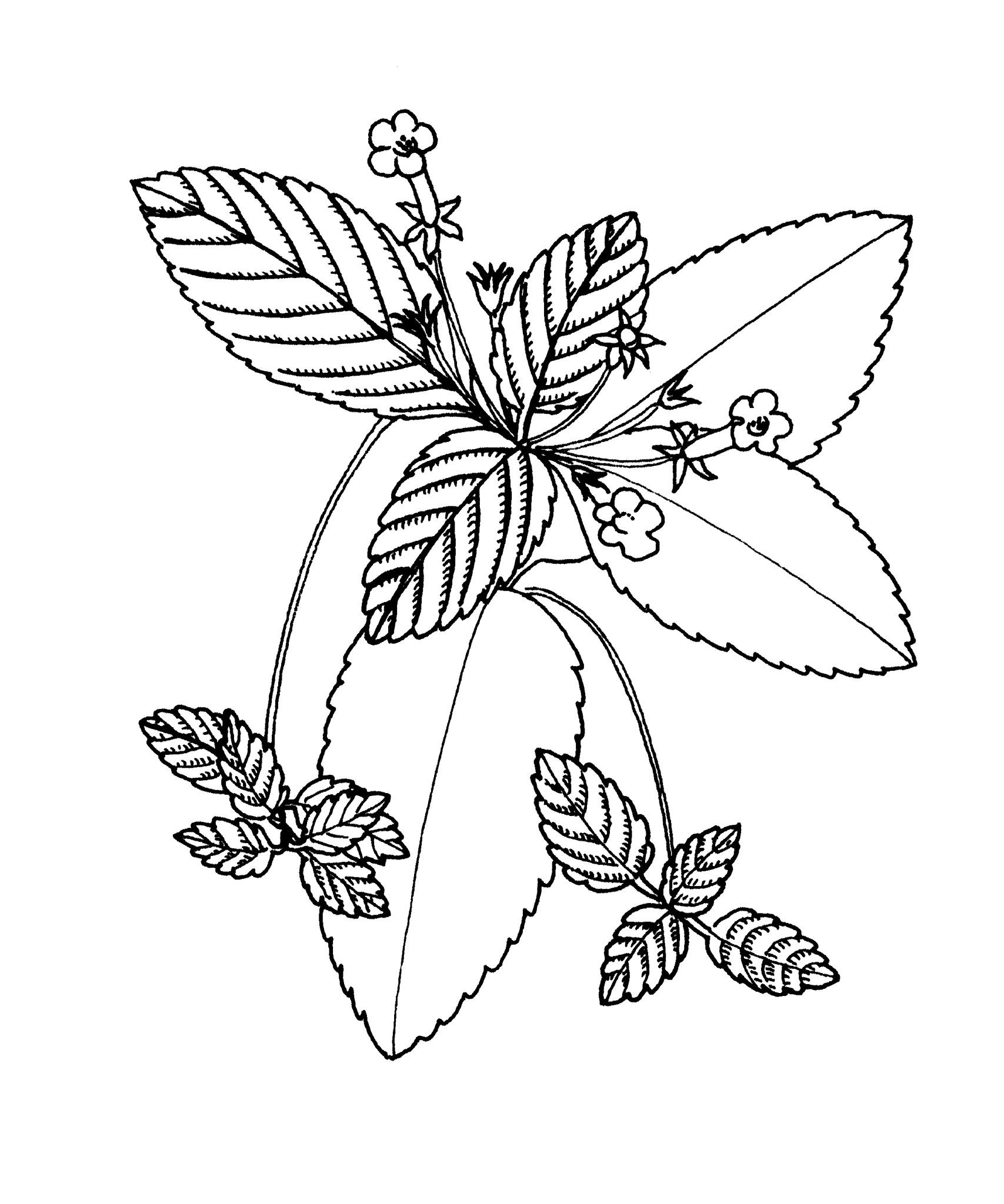
Greek episkios — shaded, referring to the preferred habitat of these plants.
Trailing, stoloniferous epiphytic and terrestrial herbs. Leaves opposite, ovate to oblong, in equal or unequal pairs, if unequal the smaller leaf of the pair often soon shed. Flowers solitary or in axillary clusters. Sepals 5, green or coloured, free or united. Corolla funnel-shaped and spurred at the base, the lobes slightly unequal. Stamens 4, the anthers together in pairs. Fruit a bivalved capsule.
Grown mostly as indoor trailing plants with variegated leaves and richly coloured flowers.
The genus has undergone revision resulting in segregate genera. Among these is Alsobia dianthiflora (H.E. Moore & R.G. Wils.) H. Wiehler, which was formerly Episcia dianthiflora H.E. Moore and R.G.Wils., Lace-flower Vine, from Mexico; it has white flowers with prominently fringed lobes that are spotted purple at the base.
Division, leaf and stem cuttings, seed.
Plants with stolons (generally 2 per node).
6 species from tropical America.
Moore (1953, 1954b),Wiehler (1978, 1982), Dates (1993).
Source: (2002). Gesneriaceae. In: . Horticultural Flora of South-eastern Australia. Volume 4. Flowering plants. Dicotyledons. Part 3. The identification of garden and cultivated plants. University of New South Wales Press.
